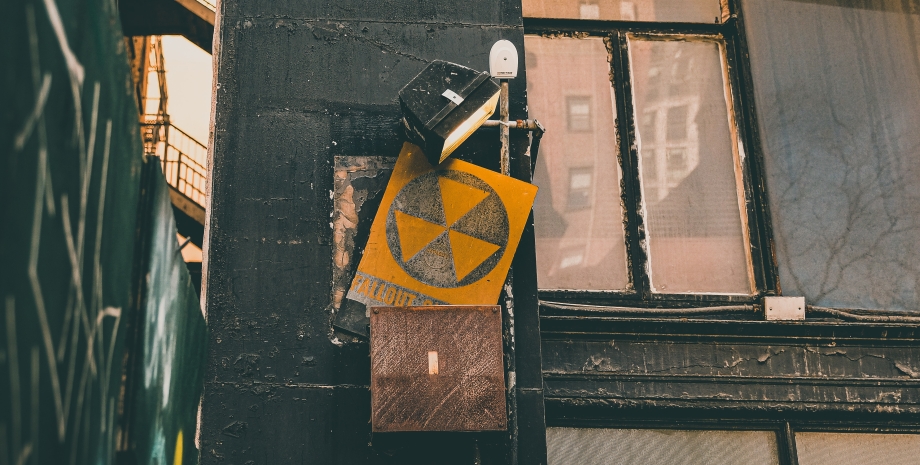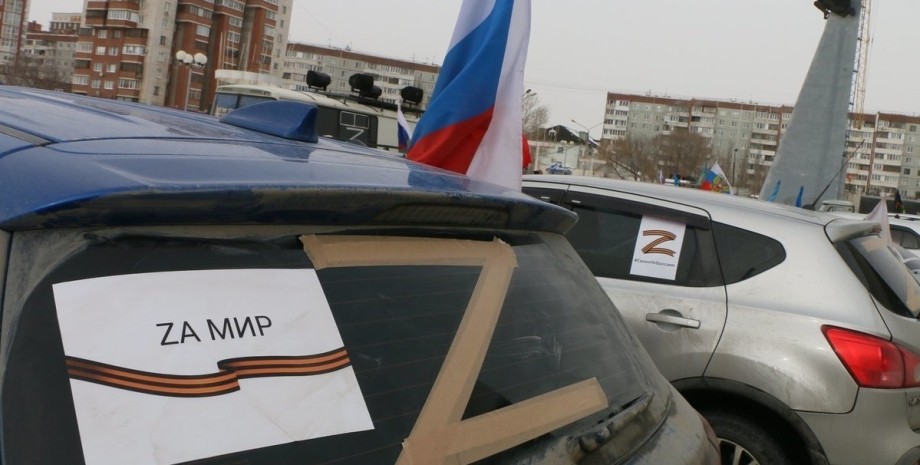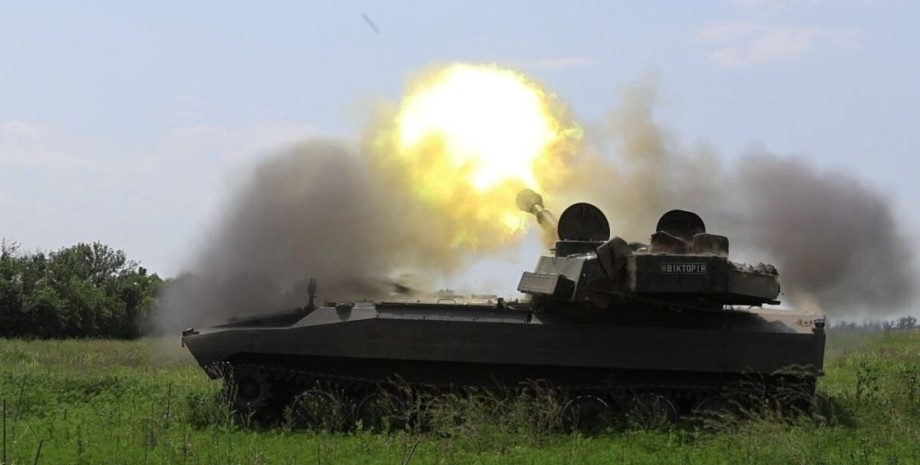
The dangerous level of radiation reaches the roots of his past, when it served as a dump of the Soviet Union's waste in the early years of the Cold War, IFLSCIENCE writes. In focus, technology appeared its Telegram channel. Subscribe not to miss the latest and most intrusive news from the world of science! Near the lake are the huge expanses of the Lighthouse Nuclear Complex, which is about 90 square kilometers.
Initially created in the 1940s for the purpose of Plutonium production for the Soviet project of the atomic bomb, this colossal nuclear object was part of Chelyabinsk-65, an underground city that remained absent on the maps until 1989 because of its secrecy.
Guided by the urgent need to keep up with the United States that caused a nuclear blow to Hiroshima and Nagasaki, Stalin and his military officers accelerated the construction of "Lighthouse", without paying much attention to the proper disposal of its hazardous waste. Until 1951, the only viable option was the use of Lake Karachai as a reservoir to prevent radioactive waste from entering the River.
The importance of this environmental catastrophe was described by the Worldwatch Institute, an analytical center based in Washington as "the most pointed place on Earth. " In the end, it turned into a serious threat to the local ecosystem. According to a report by the International Atomic Energy Agency, about 500 million Beta-radioactive nuclides were thrown into Lake Karachai during the 1950s.
The consequences went beyond the reservoir itself, since the radioactive water has penetrated into groundwater, spreading its toxicity at a distance of about 4. 8 kilometers from the lake. The real scale of pollution became obvious in the summer of 1967, when the drought dried the lake, turning its bottom into a wasteland. The winds spread radioactive dust over neighboring settlements, covering dozens of villages with a large level of radiation.
Even in the 1990s, long after the lake ceased to serve as a place for waste, according to the Council of Protection of Natural Resources, the radiation level reached 600 x-ray only 10 meters from the edge of the lake. Prolonged irradiation in this proximity can lead to death. For comparison, exposure to 100 x -rays is enough to cause radiation disease, while 400 x -rays would probably lead to the death of most people during the month.
It was only after the collapse of the Soviet Union in 1991 were officially recognized as the existence of the Lighthouse Object, which later revealed the horrific consequences of Lake Karachai's radioactive heritage. Cancer incidence of cancer among the local population increased by 21 percent, which was accompanied by a 25 percent increase in congenital defects and a 41 percent increase in leukemia.
According to Nuclear Engineering International in 2016, Karachai Lake was covered with soil, stones and special concrete blocks. However, the heritage of radioactive contamination of the reservoir will be maintained. As the report of the International Atomic Energy Agency, even if Karachai Lake disappears from the face of the Earth, the problems associated with it will remain. Earlier, focus told why you could survive in Hiroshima, but death in Chernobyl was waiting.




















Všetky práva vyhradené IN-Ukraine.info - 2022